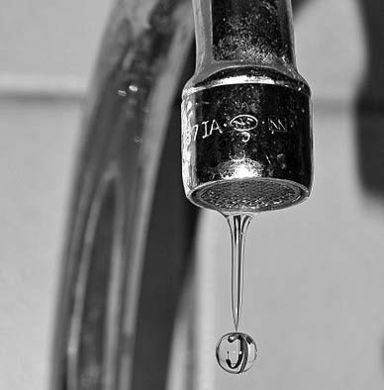Water conservation is something we may think about during the hot days of summer but what about winter? While we aren't watering lawns or gardens in the Champlain Valley there are still plenty of ways to cut back on water use during the chilly months. Remember, water use is an energy intensive process so by reducing your consumption you'll lower your energy bill as well.
- Insulate hot water pipes. Cover indoor pipes with insulation, especially those on an outside facing wall or in unheated areas of your home. This will reduce the amount of water that must be run to get hot water from the faucet and avoid leaks from cold pipes. To be effective, insulate the full pipe including elbows and pipe tees.
- Identify the water shut-off valve for your house. Locate your master water shut off valve and mark it for quick identification. If a pipe does burst, you'll be able to shut off the water flow quickly and minimize damage and water loss.
- Use a Shower Bucket. Since it takes longer for your shower to heat up in winter, catch that cold water and use it to flush toilets or water plants. This is a trick that you can use year-round, but it’s especially helpful in winter when your shower runs cold for a bit longer.
- Drain your pipes before long absences. This will help you avoid a pipe bursting from the cold while you're away. Turn the water off at the main valve, open all of the faucets so that they drain completely and then use forced air from an air compressor to completely dry out the pipes.
- Check for faucet and toilet leaks. Even a tiny leak can cause lots of water loss.
- Add an aerator to your faucets. You'll still get plenty of flow but use less water.
Check out LCC's website for more tips on saving water at home and work. Wondering how much water you consume? Use National Geographic's calculator to assess the water footprint of your home, yard, diet, energy and consumer choices.
